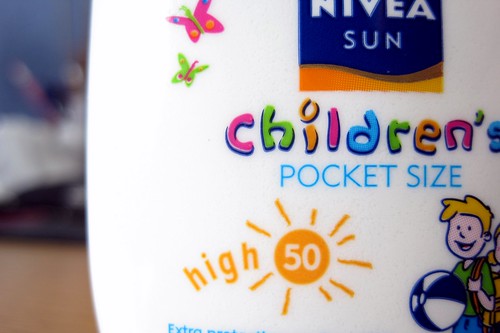 How many times have you found yourself in a drug store spending hours comparing each and every sunscreen product on the shelf? Well, by next summer, you’ll be able to reclaim those lost hours of blank staring. The U.S. Food and Drug Administration are forcing sunscreen producers to change their product labels. With the change in effect, consumers will know exactly what they are getting, no more false claims.
How many times have you found yourself in a drug store spending hours comparing each and every sunscreen product on the shelf? Well, by next summer, you’ll be able to reclaim those lost hours of blank staring. The U.S. Food and Drug Administration are forcing sunscreen producers to change their product labels. With the change in effect, consumers will know exactly what they are getting, no more false claims.
Currently, SPF ratings depict the amount of time the product protects the body against harmful UVB rays, the rays that cause sunburn, but your sunscreen should protect you from both UVB and UVA rays. However, only sunscreen labeled, “broad spectrum,” actually protects the body from both UVB and UVA rays; and both rays contribute to skin cancer and premature aging. What is really startling is, currently a sunscreen can be labeled “broad spectrum” but have minimal UVA protection. Under the current policies, consumers have no way of knowing how much full protection they are receiving from their “broad spectrum” sunscreens.
The new regulations target this issue. Sunscreens that do not offer adequate UVB and UVA protection will be required to prominently display a warning label stating, “these products have not been shown to prevent skin cancer.” Products that do meet the new “broad spectrum” qualifications and have a SPF rating of 15 or higher will have a label clearly affirming that the product reduces the risk of skin cancer and premature aging. Continue reading →


